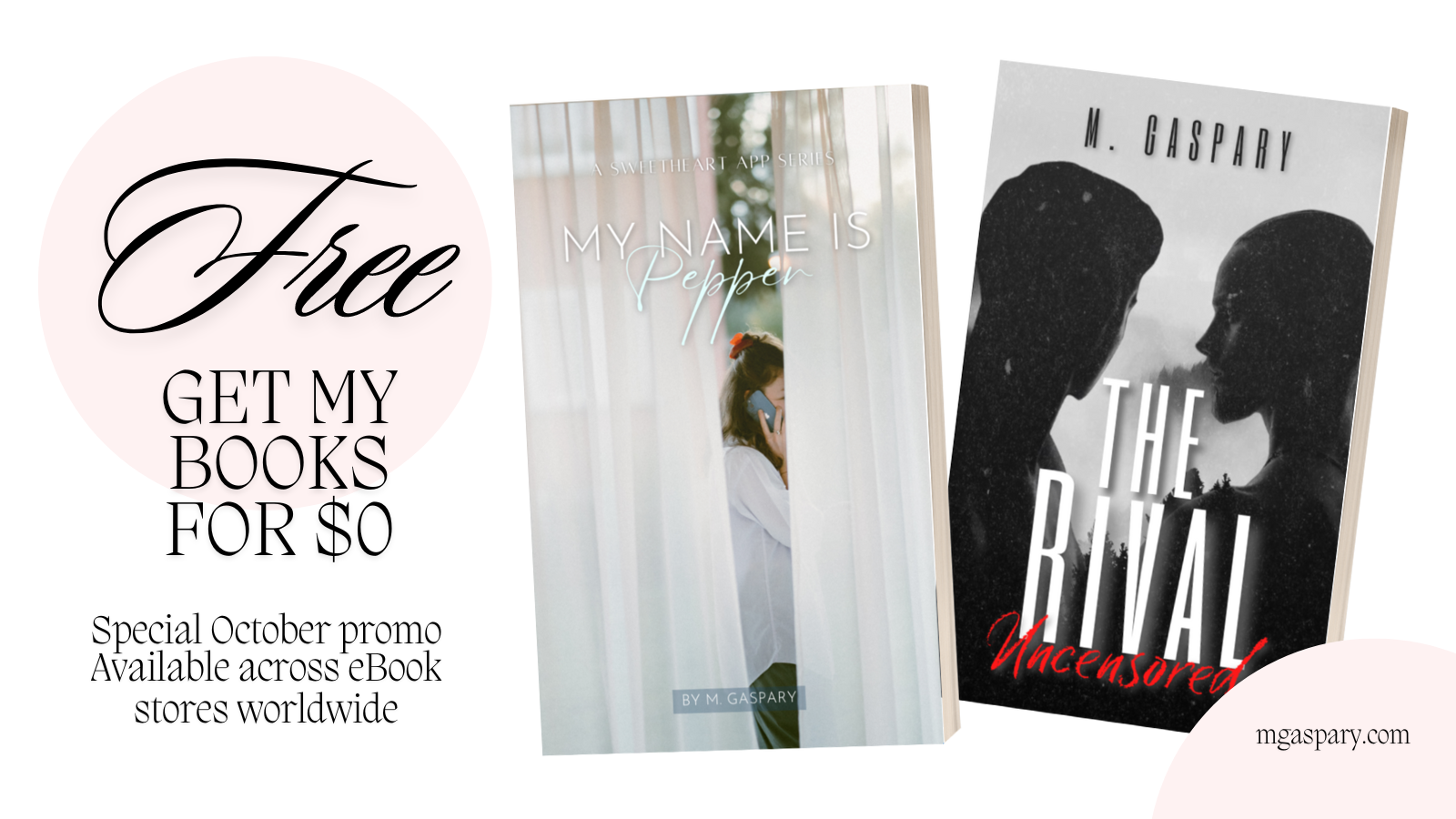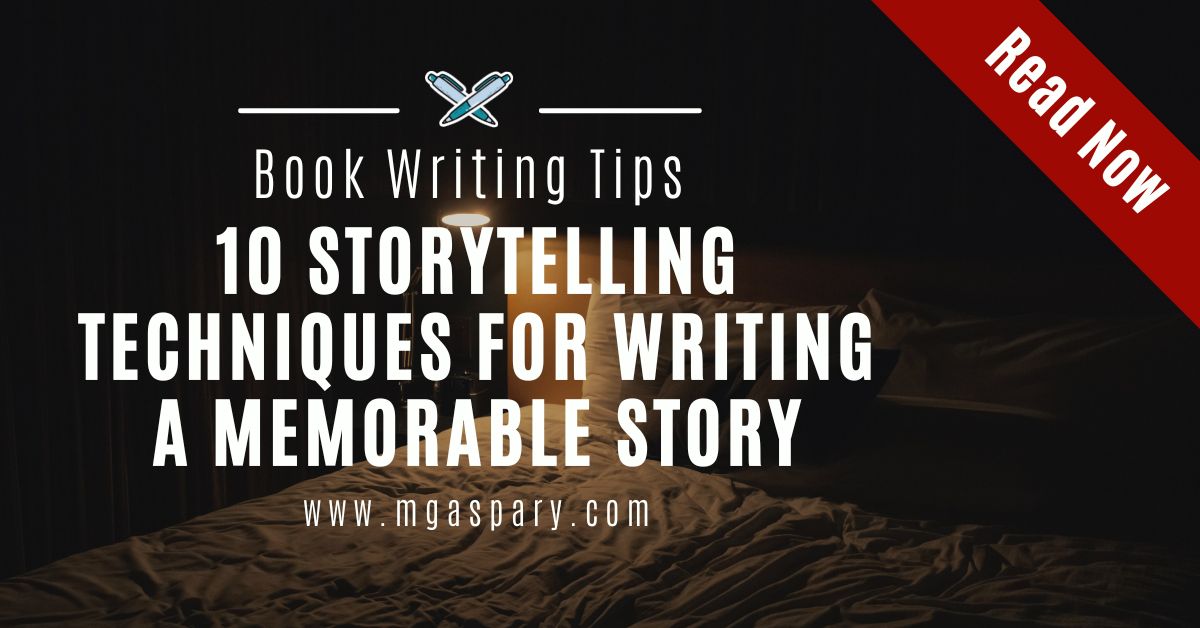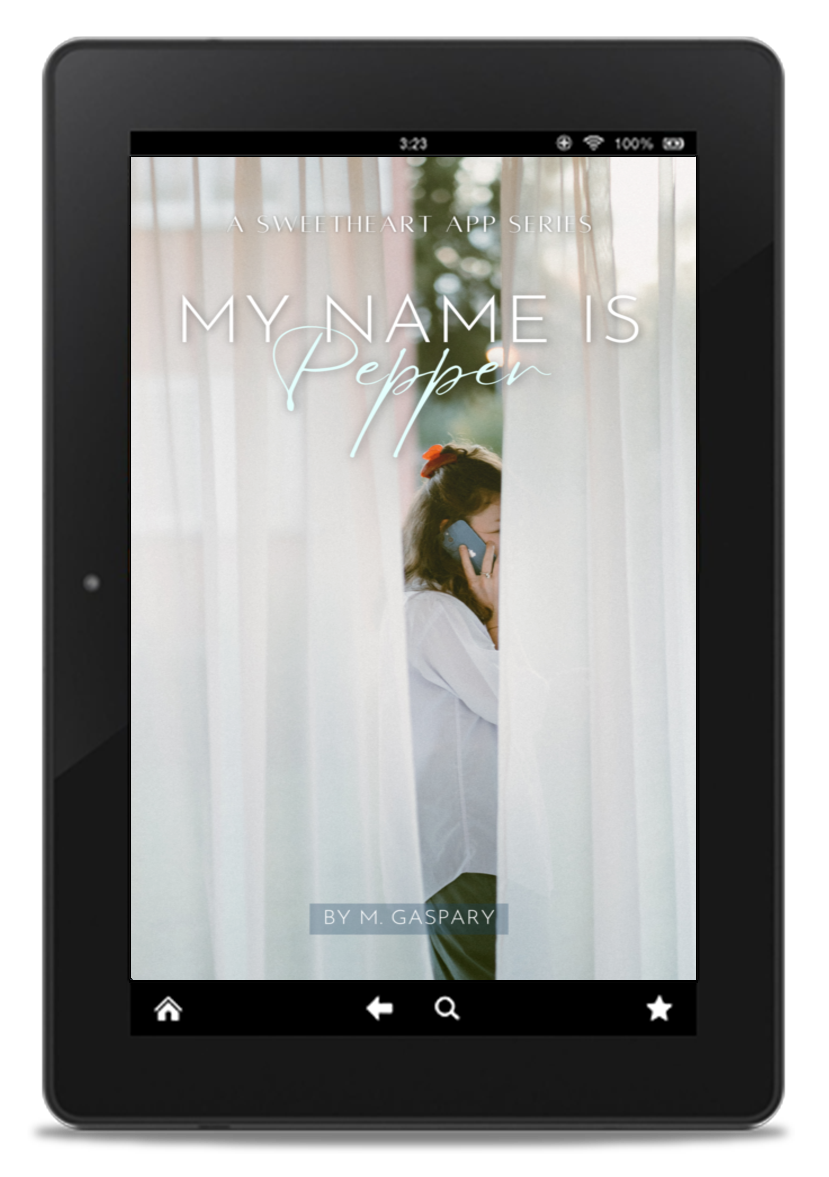Mecyll’s Note: Our species has survived catastrophic moments through storytelling for thousands of years. In other words, we live and breathe stories. We need them during the happy and bad times.
If you like to learn more about the best storytelling practices, here’s Kristen to teach us about this topic today. Continue reading>>
Storytelling is one of the most versatile tools writers have for creating all kinds of texts – from content to novels to simple social media posts.
But storytelling is not as simple as it may seem at first, so here are ten techniques for writing a memorable story that you should start using as a writer.
Table of Contents
- 10 Storytelling Techniques for Writing a Memorable Story
- 1. Craft intriguing beginnings.
- 2. Create memorable characters.
- 3. Build tension and conflict.
- 4. Construct an immersive setting.
- 5. Feel your rhythm and structure.
- 6. Develop a dramatic plot.
- 7. Add subplots for more depth.
- 8. Make your dialogue count.
- 9. Surprise readers from time to time.
- 10. End your stories with scenes that make sense.
- Storytelling Tips – My Final Thoughts
- About the Author
10 Storytelling Techniques for Writing a Memorable Story
- Craft intriguing beginnings.
- Create memorable characters.
- Build tension and conflict.
- Construct an immersive setting.
- Feel your rhythm and structure.
- Develop a dramatic plot.
- Add subplots for more depth.
- Make your dialogue count.
- Surprise readers from time to time.
- End your stories with scenes that make sense.

1. Craft intriguing beginnings.
First and foremost, you need to start off strong.
If you can craft intriguing beginnings for your stories, you will make your readers want to read more and more until they get sucked into your story completely.
It would help if you made your readers want to turn the literal or metaphorical page to get to the next one from the very start of your story.
Many different parts make up a story. But the way you start will ultimately influence how you tell it. That’s why you should look for ways to make your readers fall in love with your story from the first few sentences they read.

2. Create memorable characters.
The cast is one of the most important pieces of your story. These characters make decisions, talk with each other, and move the story forward. That’s why it’s so important to create memorable characters.
Contrary to popular belief, not every character needs to be one that readers can empathize with. As long as your characters are memorable and believable, you can be certain they won’t make the story boring.

3. Build tension and conflict.
When it comes to the story itself, you must consistently build tension and conflict.
If everyone gets along with everyone and the characters don’t encounter any problems, your story could easily become uninteresting and even tiresome to readers.
Tension and conflict help you show how your characters solve problems and overcome challenges. Such situations present opportunities for your characters to grow and change over the course of your story.
There are some stories where the character doesn’t change, but that still means they need to change their surroundings by solving problems.

4. Construct an immersive setting.
Where your story takes place and how you describe that place could influence how much your readers get immersed in it.
You want your audience to truly feel what is happening in your story, so ensure they understand where the characters are.
Try to describe the setting interestingly, but don’t include too many unnecessary details because that could slow down the plot.
Provide critical information about the characters’ surroundings and make sure that it is clear how the characters move through space.

5. Feel your rhythm and structure.
The rhythm and structure of your story are more abstract concepts than something like the setting, but they are equally important.
If you can feel the rhythm of your story and structure it correctly, you can ensure that it is interesting and engaging for readers.
If you are unsure how to improve your story’s rhythm and structure, you can hire professional writers from the writing service Write My Essays, who will help you improve your writing skills.
As a result, you will become a better writer who understands story elements with more nuance.
No matter what writing you specialize in, being a good storyteller will help you in all situations.
6. Develop a dramatic plot.
The plot is the meat of your story. That’s why you need to spend some time developing it carefully before you start writing your story.
You need a plot that won’t be too complicated for your readers to understand but won’t be too simple to predict.
Having an outline (or structure) of your story is an excellent idea to help you write specific scenes in a particular order. You can adjust your structure afterward during the proofreading and editing stages.

7. Add subplots for more depth.
Besides the main plot, you should have some subplots that will add depth to your story. The subplots can be side quests your characters go on or a romantic B-plot for your main character.
Not every story needs subplots, especially if you concisely focus on just a few events. However, if you are writing a novel, you must have at least one or two subplots to make your story more interesting.

8. Make your dialogue count.
While your descriptions of the characters, setting, actions, and events are critical for the story, the dialogue also matters. You must make every conversation or dialogue count and work with the story.
Usually, a dialogue will help you move the plot forward or reveal critical information. You should probably cut it out if you know a particular conversation isn’t necessary for the story.
9. Surprise readers from time to time.
Most stories are somewhat predictable for experienced readers simply because they follow specific tropes.
But if a story is predictable, it doesn’t mean it is terrible. You can write predictable stories that are still very interesting to read. That being said, you should still aim to surprise your readers from time to time.
An unexpected but logical and realistic turn of events could spice up the plot and make the readers’ hearts beat faster as they itch to read the next paragraph to find out what happens after.

10. End your stories with scenes that make sense.
Last but not least, don’t forget to end your stories with scenes that make sense. If your ending is messy, it could leave a sour aftertaste and make the entire impression about your story negative. So don’t mess it up!
If you write a sequel, you can end your story on a cliffhanger. If it is a single story, you need to end it nicely. It can be a tragic ending as long as it makes sense – you don’t necessarily need to have a happy ending.
Storytelling Tips – My Final Thoughts
All in all, writing engaging and memorable stories is definitely a skill every writer should develop. No matter what writing you specialize in, being a good storyteller will help you in all situations.
Use the tips in this article to craft exciting stories that make readers keep reading and coming back for more every time.
About the Author
Kristen Bray is a professional writer and blogger. She mainly covers topics such as blogging, digital marketing, and self-education. In her free time, she practices yoga and also travels.




Leave a Reply